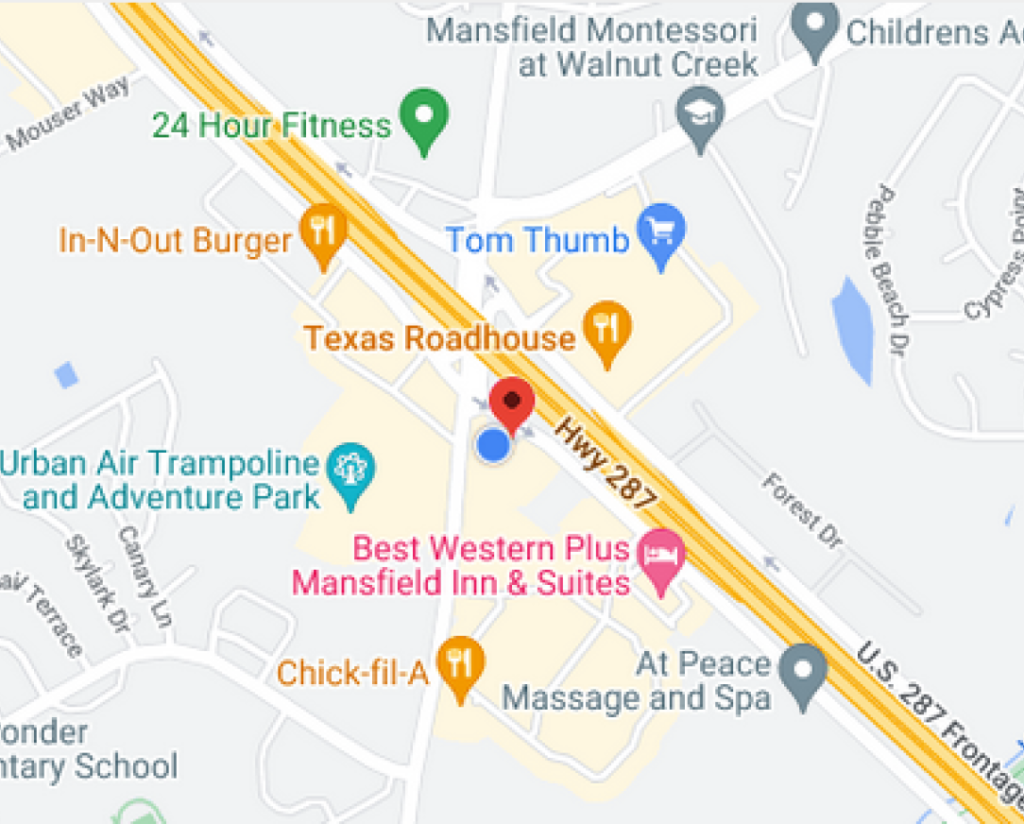Nothing can ruin your day more quickly than a leaky roof. A significant storm can soon lead to a very stressful situation for you and your family. Navigating through the insurance claims process, dealing with adjusters, and working to repair your property builds upon the frustration. However, by utilizing a public adjuster’s services, you can relieve some of the burdens of this ordeal and get everything back to normal as soon as possible. Unlike the insurance company adjuster, the public adjuster works for you and will be your advocate throughout the claims process.
So, what steps should you take? Right after a natural disaster, you should assess the condition of your roof. If there are signs of visible damage, you need to contact a reputable roofing contractor immediately and have an inspection and create a repair estimate. Even if everything looks fine, you’ll still want an inspection done as some types of minor damage could be missed and worsen into significant problems over time. You’ll want to mitigate any potential issues with your future claim by putting tarps over affected areas and looking for water damage, mold, or other problems that may cause future damage. The insurance claims process can be long and complex, but your public adjuster can work with and advocate for you to get the best possible results.
One good practice is regularly taking pictures of your property, especially after any major work or renovations. Having these kinds of date and time-stamped “before” pictures ensures your claim is handled as quickly and efficiently as possible. You should also take photos of your property after the damage as soon as it is safe to provide a clear contrast. You’ll want to work with an experienced roofing contractor to ensure all areas of significant damage are correctly documented and identified. Extensive damage or a total loss will require you to work closely with your public adjuster and provide your insurance carrier with measurements, pictures of damages, and the date, time, and nature of the event that caused the issues. Contacting your public adjuster, insurance company, and contractor should all happen in quick succession since many policies have provisions that limit how long you have to file a claim.
Another critical element is always having a copy of your roof insurance policy and warranty. These items will help you determine what is covered, how long you have to report the damage, and what might not be covered. For example, if your roof is over ten years old, the insurance company may deduct depreciation from the amount they will pay, increasing your out-of-pocket expenses. A workmanship warranty may be applicable if the inspection shows that faulty workmanship and not just storm damage are at fault in the damage to your roof.
You’ll want to get the public adjuster involved early to ensure they can best protect your interests. A claim for roof repairs can often feel like a long, drawn-out process, so make sure you partner with a public adjuster to make the process go as smoothly as possible. They will work to ensure all documentation and other paperwork is submitted correctly to the insurance company and coordinate with the insurance company’s adjuster to assure you of the best possible outcome.




